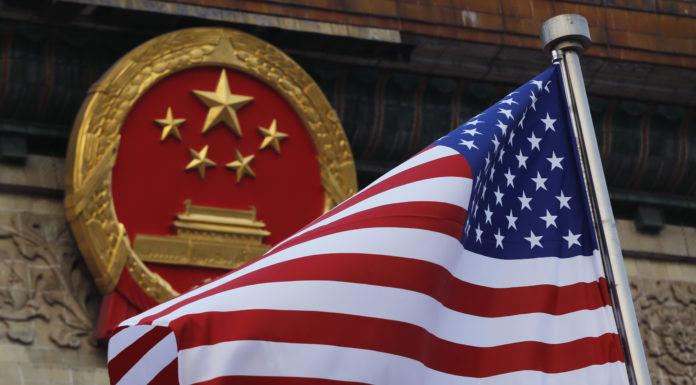(Dmytro “Henry” Aleksandrov, Headline USA) The United States could soon surpass China as the world leader in rare earth minerals and, therefore, break its dependency on the communist country after more than 2.34 billion metric tons of these minerals were discovered in the state of Wyoming.
According to the Daily Mail, American Rare Earths Inc. announced that the reserves near the town of Wheatland dramatically surpass China’s 44 million metric tons, adding that it exceeded all of their expectations after drilling only about 25% of the property.
The types of minerals that are found at the site are used in smartphones, hybrid car motors, military technologies and many other things.
It was additionally reported that as much as 95% of processed rare earth minerals come from China, with the United States importing 74% of its supply from the communist country.
However, in December 2023, China announced a ban on rare earth extraction.
“China is driven to maintain its market dominance. This is now a race,” Don Swartz, CEO of American Rare Earths, said after China’s announcement.
Two months later, Swartz and his team said that they were working to break China’s monopoly on the market.
In March 2023, American Rare Earths conducted the first drilling. It was determined that there were 1.2 million metric ton estimates in northeastern Wyoming. A second attempt in the fall uncovered 64% more of the minerals.
“These results are illustrative of the enormous potential of the project when the resource increased by 64% during a developmental drilling campaign, which increased measured/indicated resources by 128%. Typically, you’ll see the resource decrease as infill drilling takes place – instead, we’re seeing the opposite, with only 25% of the project being drilled to this point,” Swartz said.
Among the rare earth minerals that were uncovered at the site were oxides of neodymium, praseodymium, samarium, dysprosium and terbium. Magnets made from neodymium are used in hard disc drives and mobile phones, praseodymium is used in high-strength alloys in aircraft engines, dysprosium is used to make control rods in nuclear reactors and terbium is used in low-energy lightbulbs and mercury lamps.

